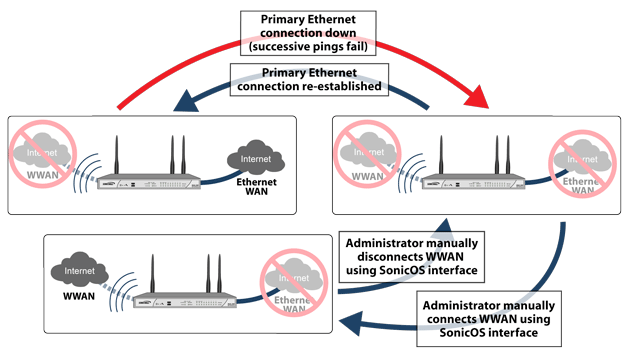
- CRASHPLAN CONNECTING TO BACKUP DESTINATION INSTALL
- CRASHPLAN CONNECTING TO BACKUP DESTINATION PC
- CRASHPLAN CONNECTING TO BACKUP DESTINATION WINDOWS
Navigate to Plugins (this time in the left hand column) > Crashplan.
CRASHPLAN CONNECTING TO BACKUP DESTINATION INSTALL
Highlight Crashplan and click Install at the bottom of the page Accept Crashplan EULAīefore you can start the Crashplan plugin, you need to accept the EULA. Log in to FreeNAS control panel and navigate to Plugins in the top menu bar. Alternative methods such as installing from the ports tree or enabling Linux compatability and downloading the Linux verison direct from Code42 proved to be more convoluted.Īt the end of this guide you will have configured a up to date Crashplan plug in, have enabled encryption and backed up a folder to Crashplans cloud storage space. Updating the earlier v3.6.0 plugin provides the quickest, easiest and least troublesome method I’ve found of installing a reliable Crashplan into FreeNAS. IntroductionĮven though this guide installs the latest 4.6.0 version of Crashplan, we are going to build upon the foundations provided by the older existing FreeNAS Crashplan 3.6.3_1 plugin. Should you wish to control the backup engine on your local computer again, simply open the properties file and insert a hashtag at the start of the edited line to return the client to using the local backup engine instead of the remote backup engine.FreeNAS Crashplan installation Last revised: 9 April 2016. It will now connect the the backup engine on the remote backup machine (specified by the IP address) instead of the backup engine on the local computer. Save the file and restart the CrashPlan client on your computer. Remove the hashtag from the line and insert the IP address of your remote backup machine after the = sign. All the lines will be commented out with a hashtag (#). Search for a similar \CrashPlan\conf folder to locate the file on other operating systems.
CRASHPLAN CONNECTING TO BACKUP DESTINATION WINDOWS
This file is located in C:\Program Files\CrashPlan\conf\ on Windows machines. In order to redirect the Crashplan client to a new backup engine, you’ll need to search out the ui.properties file. We’re not going to knock CrashPlan here too much for that as what we did and what you’re proposing to do are a bit of a special use scenario and most people won’t typically be running the client on a headless and/or remote machine. The settings are there, mind you, but they’re hidden in configuration files and inaccessible from the client interface. That said, as you’ve learned there are no apparent settings in the Crashplan client whatsoever that indicate you can connect to a remote Crashplan backup engine. If you want to continue with your plan to centralize your backups you’ll want to use another application to create the backups on the central server.
CRASHPLAN CONNECTING TO BACKUP DESTINATION PC
If, for example, you ran a client on your desktop PC and server, then backed up your desktop to the server you’d eventually end up uploading the same data twice from two different machines which is both inefficient on your end and on their end. This mechanism is hard coded into the CrashPlan client and serves to prevent the client from uploading redundant data.

Before you embark too far on the journey we do want to point out one small hiccup you’ll experience.ĬrashPlan’s backup application will happily run on your home server but it won’t backup CrashPlan archives made on other computers. You’re embarking on a backup streamlining journey we ourselves undertook a few years back. Is there a way to control the Crashplan engine installed on the old desktop turned backup server? When I install Crashplan on my home office computer the only instance of Crashplan I can control is the local one. The problem is I can’t find a single setting to allow me to do so. I want to run the old desktop machine headless and remote control the Crashplan client for those rare time I need to make any changes. Here was my plan: Get Crashplan account, install Crashplan on an old desktop computer in the basement, have all my computers backup to the old desktop, and then have that old desktop upload everything to Crashplan. I had this great idea to save money on a Crashplan account by buying a single user account instead of a big old family plan pack, but I may have run into a hiccup. You guys seem to figure out any problem a reader pitches at you, so here goes. Crashplan’s backup control app and engine are dead simple to configure and control from the computer they’re running on, but controlling them across the network require some well hidden tricks.


 0 kommentar(er)
0 kommentar(er)
